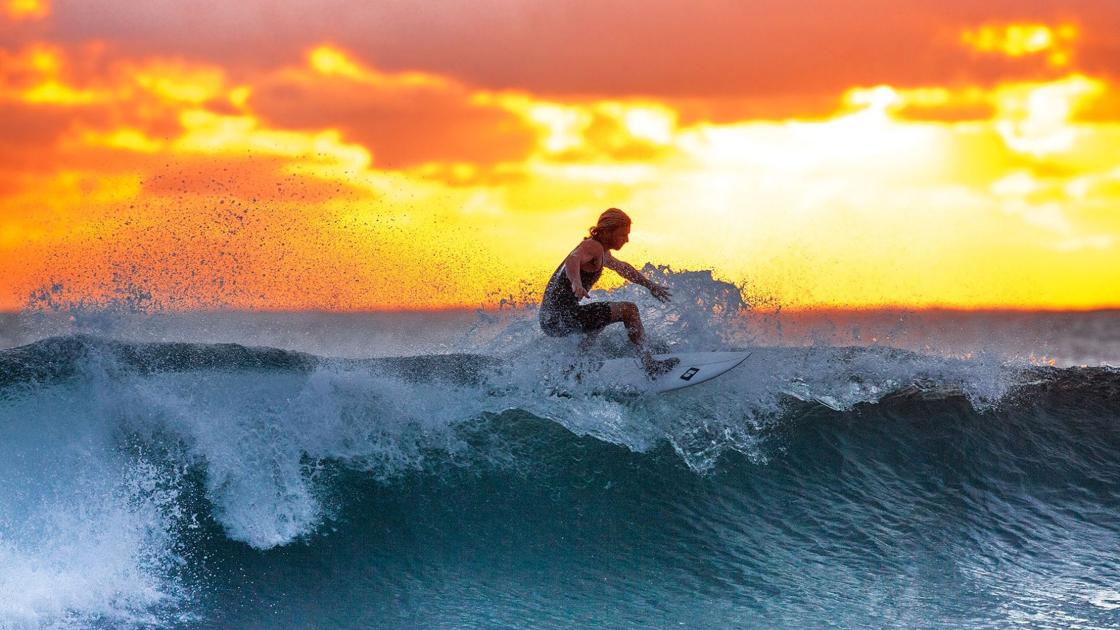
Dear Doctor: What is surfer's ear, and how do you fix it? It happened to my sister a few months ago, and the people she surfs with are saying it's because she won't wear earplugs. Why would that matter?
Dear Reader: Your sister has developed a condition known as external auditory canal exostosis. The word "exostosis" refers to an area of new growth on an existing bone. In this case, as the name describes, the new bone is growing within the external ear canal. However, exostoses can occur on any bone in the body. They are most often seen in the feet, as the bony growth often referred to as a heel spur. They can also occur in the hip region, the knee, the sinuses and, more rarely, in the jaw. Exostoses often arise as a result of chronic irritation or injury. In some cases, the additional growth appears without a clear cause. There's some evidence that people with a family history of exostoses are at increased risk of themselves developing the condition.
The fact that your sister has been diagnosed with surfer's ear tells us that she's been spending a lot of time in colder water. The condition is most common in surfers in areas where water temperatures are in the mid-60s or lower. It can also occur in cold-water swimmers, divers and kayakers, and even in sailors who spend extended time on a wet and windy deck.
The cold water, along with wind that creates a wind-chill factor, acts as a persistent irritant within the ear. The exact process is not fully understood, but it is believed that the cycle of inflammation stimulates the activity of osteoblasts, which are specialized cells that lay down new bone. This bone growth occurs incrementally, and the affected individual often doesn't realize it's happening. For many, the first symptom of surfer's ear is a decrease in hearing sensitivity. Sounds may be muffled, and it can become difficult to understand speech clearly. Some people describe a feeling of fullness within the ear, and also may experience pain. Because the new bone partially blocks the ear canal, some people find that water becomes trapped more readily and is slower to drain. This also makes it difficult for the ear canal to dry completely. The resulting moist environment can lead to an increase in ear infections.
Treatment depends on the extent of the condition. In mild cases with minimal bone growth and no symptoms, the individual is advised to take protective measures while in the water, such as wearing silicone earplugs or a neoprene hood. Once this type of bone growth has begun, it does not recede. The goal in mild cases is to prevent the condition from progressing. When an occlusion is large enough that it is causing significant symptoms, surgery to remove the excess bone is required. This is often done via canalplasty, a surgical procedure in which the excess bone is drilled out. If the ear canal is once again regularly exposed to cold water, though, the exostosis can recur. Taking protective measures in the future is necessary.
"occur" - Google News
July 07, 2021 at 04:00AM
https://ift.tt/3hqOeOl
Ask the Doctors: Surfer's ear occurs due to cold, wet conditions - Santa Maria Times
"occur" - Google News
https://ift.tt/2UoDqVw
https://ift.tt/2Wq6qvt
Bagikan Berita Ini















0 Response to "Ask the Doctors: Surfer's ear occurs due to cold, wet conditions - Santa Maria Times"
Post a Comment